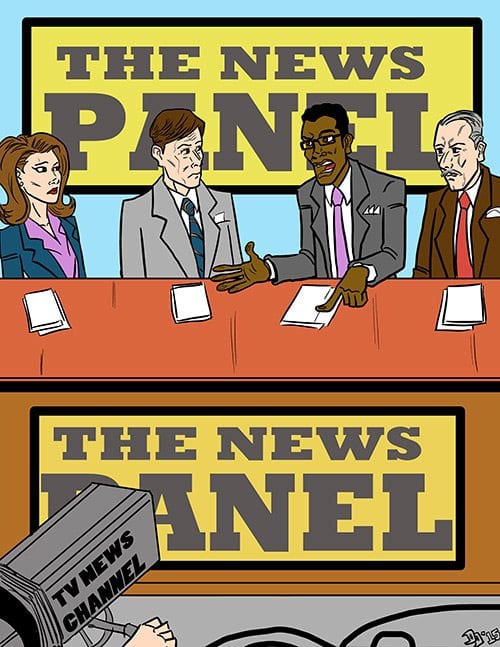
Mass murders are so frequent in America that the details of such incidents are quickly forgotten unless the circumstances are unusual. People remember Columbine where two students shot to death 12 of their high school classmates as well as a teacher. Equally memorable is the July 2012 shooting in a theatre in Aurora, Colo. in which the assailant killed 12 and wounded 70. Everyone also remembers the December 2012 killing of 20 first graders and six adults in Newtown, Conn. Now the recent assassination of nine congregants at the Emanuel African Methodist Episcopal Church in Charleston, S.C. joins the list of noteworthy mass murders.
Some conservatives have tried unsuccessfully to focus attention on the violation of the First Amendment right to the freedom of religion as more significant than assertions of racism in the Emanuel AME Church shooting. For centuries Christians have acknowledged the right of sanctuary in the church. Those within the walls of the church were deemed to be secure from arrest or harm.
There is no doubt that the assailant violated the right of sanctuary, but that only intensifies the significance of the real reason for the massacre. It was a declaration of war by white radicals against blacks in America. The lack of respect for the black church has been demonstrated by destructive fires in a number of black churches in the South since the shooting. There is little doubt from the words of the prime suspect, Dylann Storm Roof, that this was a racist attack.
Mass murders are not usually spontaneous events. The planning and preparation by the assailant provide insight into his intent. Roof was not merely a deranged white man, but someone driven to affirm the power of white supremacy. Alabama State Sen. Hank Sanders, a black lawyer and alumnus of Harvard Law School, persuasively sets forth in his Senate newsletter the symbolic significance of Roof’s assault.
First of all, Roof drove 120 miles from Columbia, S.C. to Emanuel AME Church in Charleston. Emanuel, the oldest AME church in the South, was the home church of Denmark Vesey, who led an unsuccessful slave revolt in 1822. The church was then burned down and 35 blacks were executed.
Emanuel AME was rebuilt, but in 1834 South Carolina outlawed all black churches. The government recognized that black churches served as the rallying point for resistance to slavery. Regardless of the decrees by the state, the congregants continued to meet in secret until the end of slavery in 1865.
It was no accident, according to Sanders, that Roof drove 120 miles to launch his attack on June 17, exactly 193 years later to the day that Vesey’s revolt was crushed. Before he pulled the trigger, Roof is reported to have said, “You rape our women and you’re taking over our country and you have to go.” Roof left one person alive to tell the story. The intention was to strike terror in the hearts of African Americans.
The issue most disturbing to African Americans is that educated and prominent whites might fail to recognize the seriousness of the racial conflict. It would be unwise to permit a high school dropout to deter the development of dynamic strategies to achieve racial equality in America.






